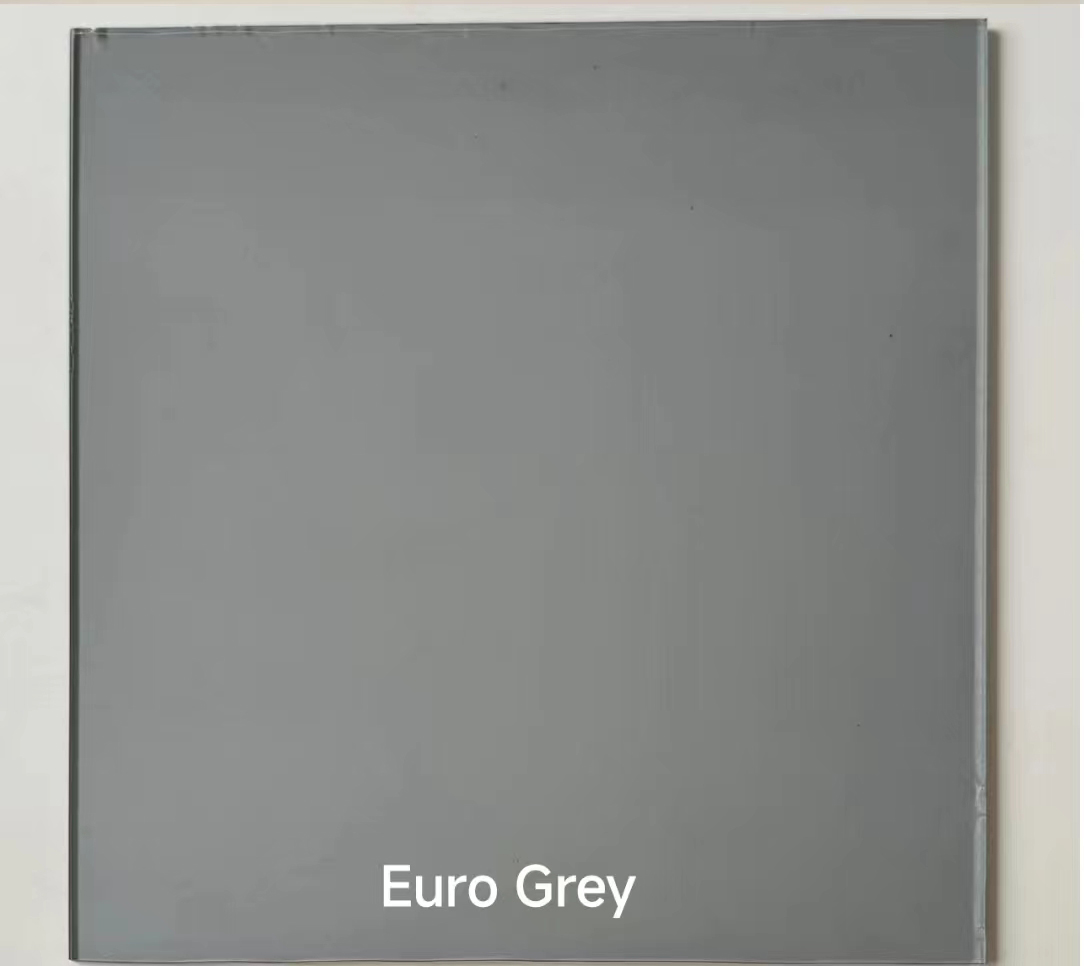

The Artistry of Decorative Glass Windows A Symbol of Light and Beauty
Decorative glass windows have been an integral part of architectural design for centuries, shining brightly as symbols of culture, craftsmanship, and creativity. These stunning installations not only serve the practical purpose of allowing light to enter various spaces but also transform the ambiance of their surroundings through a kaleidoscope of colors and intricate designs.
Historically, the use of decorative glass in windows can be traced back to ancient civilizations. From the stained glass of medieval cathedrals to the opalescent panels found in contemporary architecture, the evolution of decorative glass reflects changing artistic styles, technological advancements, and cultural influences. In Gothic churches, for example, large stained glass windows told biblical stories, inviting worshippers to experience the divine through vibrant imagery and radiant hues. Each pane of glass was meticulously crafted, illustrating a narrative that transcended words, speaking directly to the soul.
One of the most alluring aspects of decorative glass windows is their ability to interact dynamically with natural light
. As sunlight passes through these colorful panels, it casts enchanting patterns and hues across the walls and floors of the interior. This play of light not only creates an ethereal atmosphere but also enhances the spirituality of sacred spaces and the tranquility of homes. Designers often consider the time of day and the direction of sunlight when placing these windows, ensuring that the changing light throughout the day will showcase the glass's beauty in various forms.
In modern architecture, the use of decorative glass has broadened significantly. Artists and architects now utilize advanced techniques like digital printing, fused glass, and backlit installations, pushing the boundaries of what decorative glass can achieve. This innovative approach allows for greater personalization, enabling builders to incorporate bespoke designs that resonate with the intended purpose of the space—be it residential, commercial, or public.
Furthermore, decorative glass windows have found their place in eco-friendly design. Energy-efficient glass technologies allow for reduced reliance on artificial lighting, making these installations not only beautiful but also functional. The addition of UV-filtering features helps protect interior furnishings from the damaging effects of sunlight while still allowing the natural interplay of light and color to enrich the environment.
The cultural significance of decorative glass cannot be overlooked. Each region or community may adopt specific styles or motifs, reflecting local traditions and beliefs. For instance, the intricate geometric patterns seen in Islamic mosaics contrast with the floral designs found in Art Nouveau, showcasing the diversity of artistic expression across different cultures. These windows serve as visual narratives, bridging the past with the present and inviting viewers to appreciate the human experience through art.
In conclusion, decorative glass windows are more than mere architectural elements; they are embodiments of artistry, history, and emotional depth. Whether illuminating a grand cathedral or enhancing the intimacy of a family home, these installations have the power to evoke wonder and contemplation. As we move forward, the continued exploration of techniques and designs promises an exciting future for decorative glass, ensuring that it remains a vibrant expression of creativity and craftsmanship in our built environment.